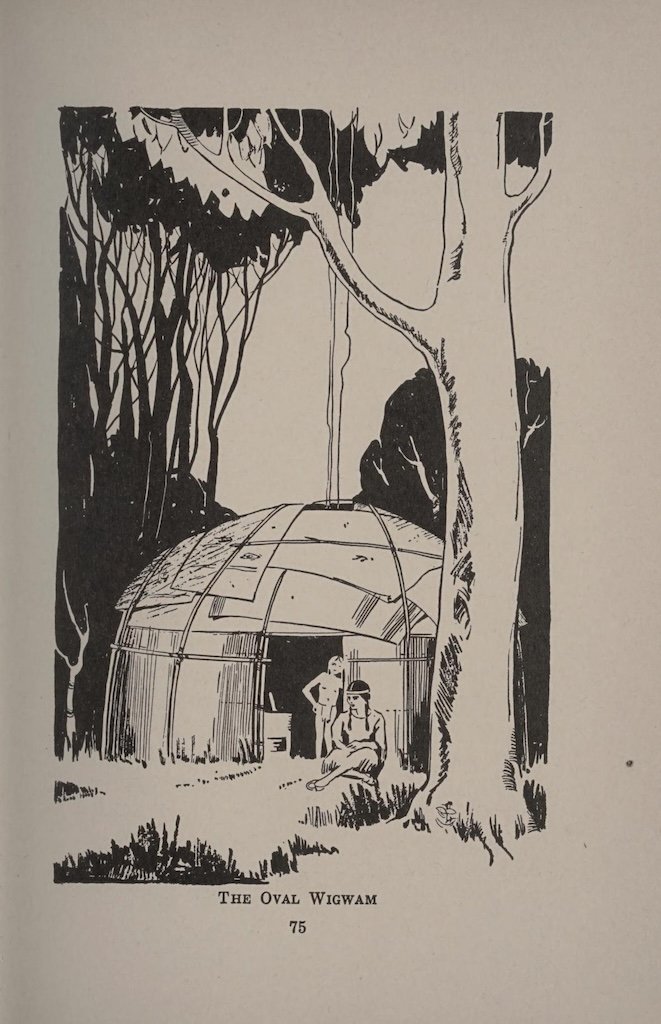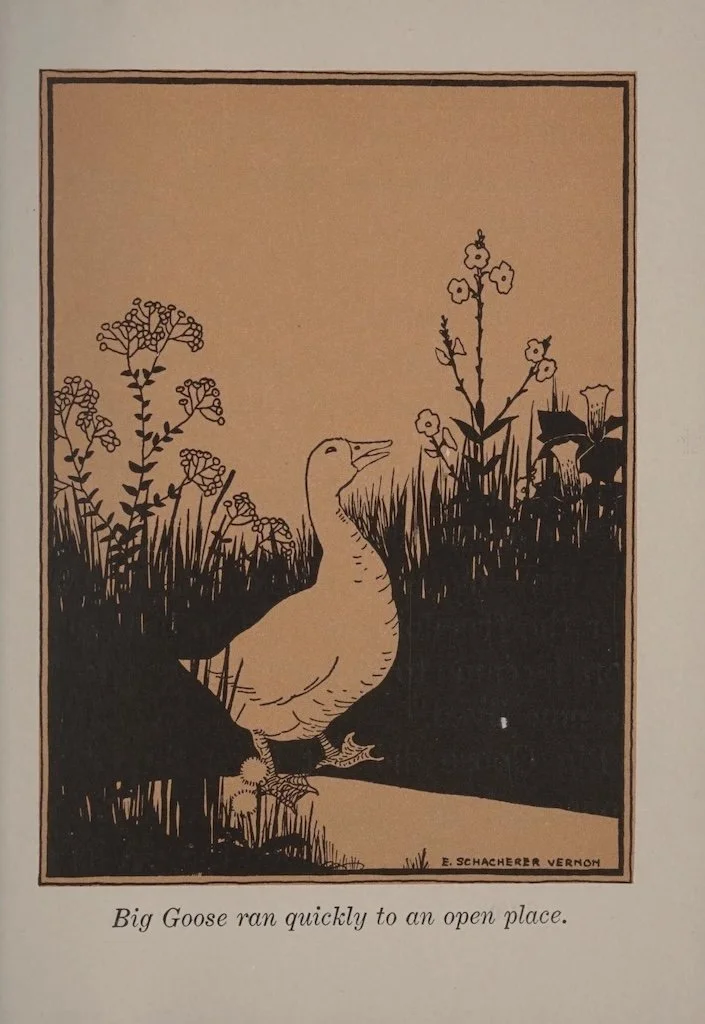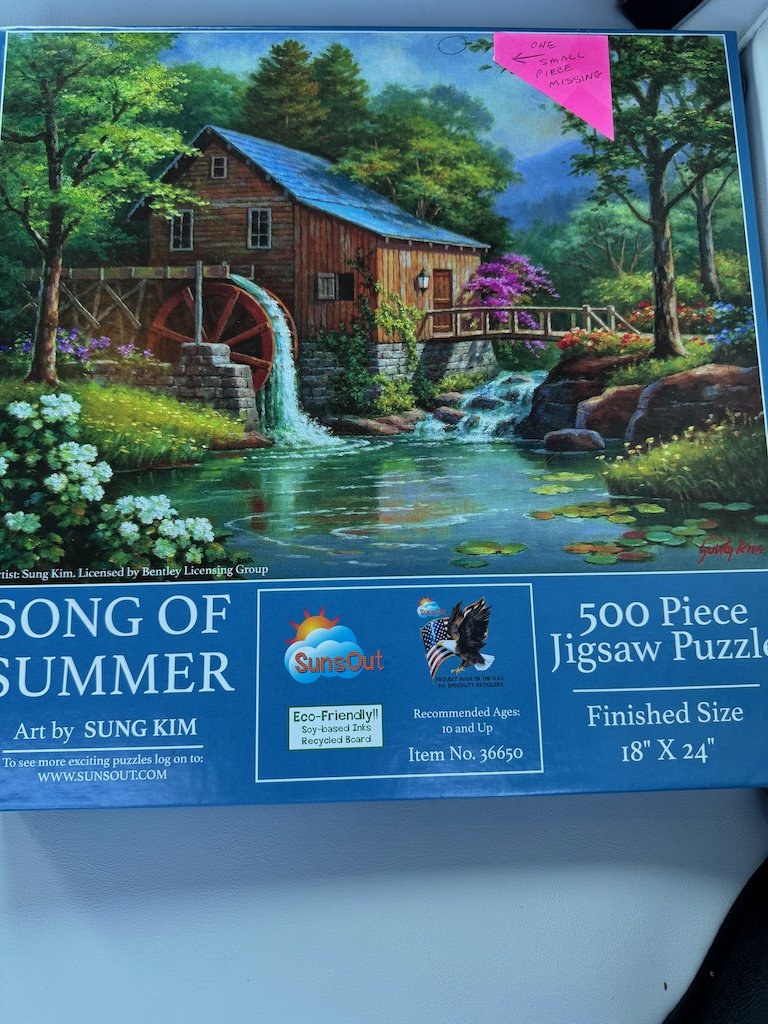Gleanings of the Week Ending August 10, 2024
/The items below were ‘the cream’ of the articles and websites I found this past week. Click on the light green text to look at the article.
Versailles’s Hidden Scientific Legacy to Surface in a Major U.K. Exhibition - The five-mile-squared grounds were mapped out by geometricians and astronomers; keeping the 14,000 fountains bubbling further required developing an unprecedented hydraulic engineering system. AND… Giovanni Domenico Cassini, who headed the Paris Observatory, turned skyward, mapping the moon with a precision that wouldn’t be matched until the late 19th century. AND… Hundreds gathered in the courtyard of Versailles to watch the flight of a hot-air balloon, agronomists developed a hardier potato capable of feeding the masses, and an inoculation against smallpox was discovered.
Air conditioning causes around 3% of greenhouse gas emissions. How will this change in the future? – The article concludes: “Rather than lamenting air conditioning's impact on energy use, we need to accept that demand for cooling will increase, work on making it affordable for those who need it most, and build efficient solutions that ensure electricity grids worldwide can cope.”
Ancient Rome’s Appian Way Is Now a UNESCO World Heritage Site - Rome’s Appian Way, an ancient highway dating to the fourth century B.C.E., has been declared a UNESCO World Heritage site.
Could the shingles vaccine lower your risk of dementia? - The idea that vaccination against viral infection can lower the risk of dementia has been around for more than two decades. Associations have been observed between vaccines, such as those for diphtheria, tetanus, polio and influenza, and subsequent dementia risk. It may be the resulting lack of viral infection creating this effect. We need more research exploring in greater detail how infections are linked with dementia. This will help us understand the root causes of dementia and design potential therapies.
Chickasaw National Recreation Area's Monkey Tree Needs Some TLC - An Osage orange tree estimated to be about 130 years old with three thick spreading trunks that generations of children have played on.
Divers Discover Mesmerizing Roman Mosaic Beneath the Sea – Near Naples…a villa in a city known as the Las Vegas of the Roman Empire…now under water.
Healthy diet with less sugar is linked to younger biological age – The correlations between a diet that is rich in vitamins and minerals, especially one without much added sugar, and having a younger biological age at the cellular level.
Agriculture: Less productive yet more stable pastures - Grassland optimized for high yield responds much more sensitively to periods of drought than less intensively used meadows and pastures.
Anne Boleyn’s Childhood Home Is Restored to Its Tudor Glory – The interiors of rooms restored to the style they had during Anne Boleyn’s time.
Forest carbon storage has declined across much of the Western U.S., likely due to drought and fire – Forests in some parts of the world, like the American West, probably do not have the potential to help curb climate change.



















































































































































































































